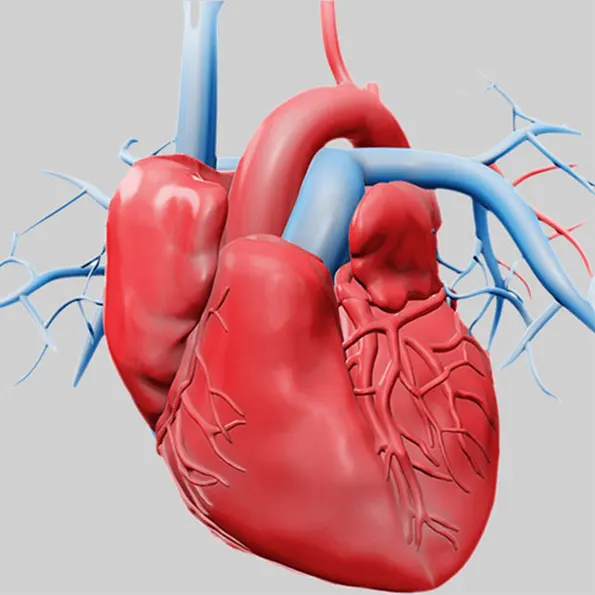1. Surgery Overview
Coronary Artery Bypass Grafting (CABG) is a type of heart surgery used to treat severe coronary artery disease. In this procedure, a healthy blood vessel is taken from another part of the body (usually the leg, arm, or chest) and grafted to bypass a blocked or narrowed coronary artery. This restores normal blood flow to the heart muscle. CABG is commonly recommended when multiple coronary arteries are blocked or when angioplasty is not suitable.
2. Type of Anesthesia
CABG is performed under general anesthesia. The patient is completely unconscious and pain-free throughout the procedure.
3. Possible Risks and Complications
Bleeding
Infection
Stroke or heart attack
Irregular heart rhythms (arrhythmias)
Kidney problems
Breathing difficulties
Memory or concentration issues (usually temporary)
Blood clots
Complications related to the use of a heart-lung bypass machine
4. Hospital Stay Duration
The typical hospital stay after CABG is 5 to 7 days.
Patients usually spend 1–2 days in the intensive care unit (ICU) for close monitoring, followed by recovery in a regular hospital room.
5. Important Post-Operative Care
Take medications as prescribed to manage blood pressure, cholesterol, and prevent blood clots
Attend cardiac rehabilitation to regain strength and improve heart health
Follow a heart-healthy diet and quit smoking
Avoid heavy lifting and driving for several weeks
Care for the surgical wounds and watch for signs of infection
Monitor for chest pain, shortness of breath, or swelling, and contact a doctor if these occur
Regular follow-ups with your cardiologist are essential to monitor your recovery and heart function

